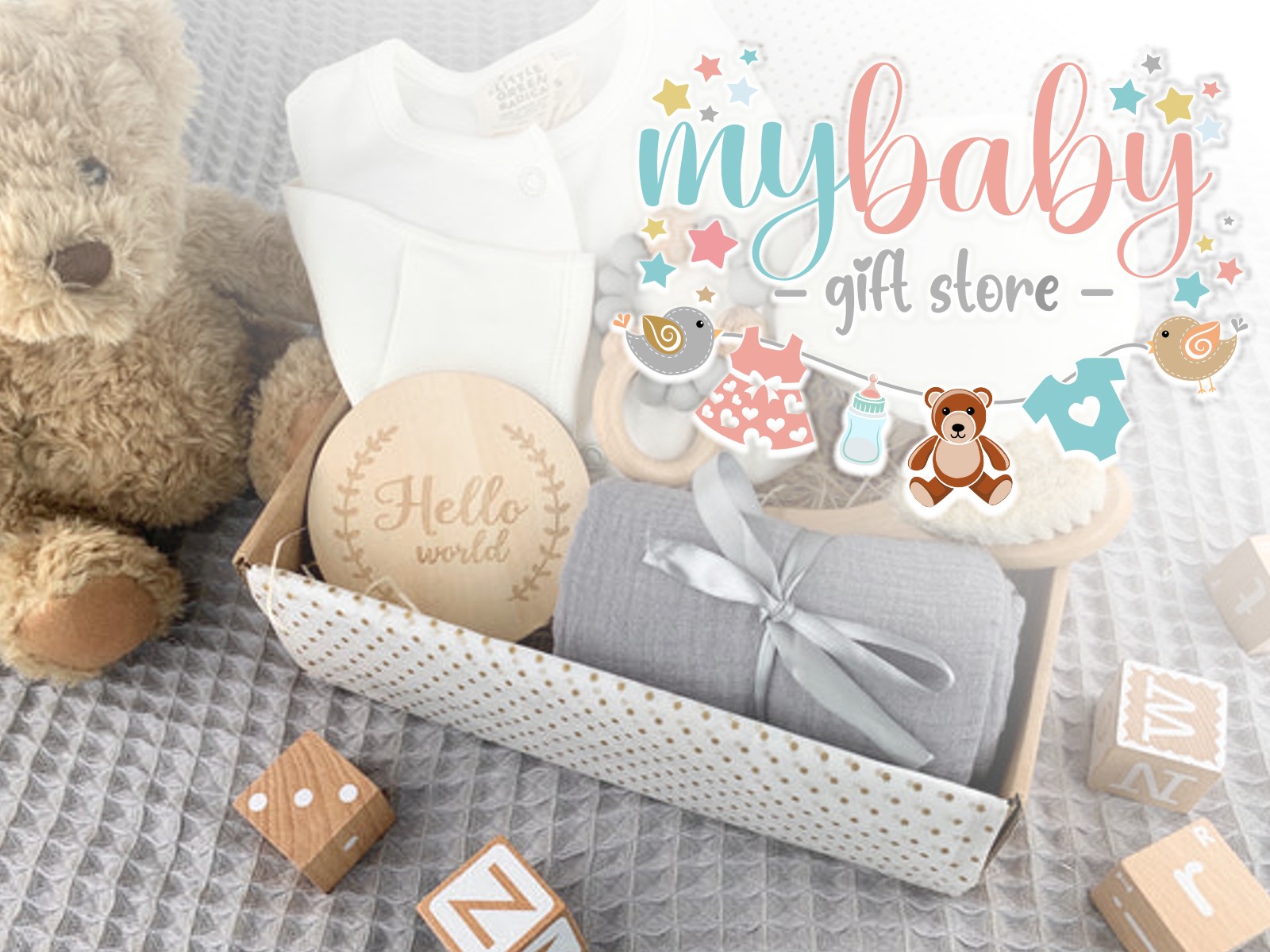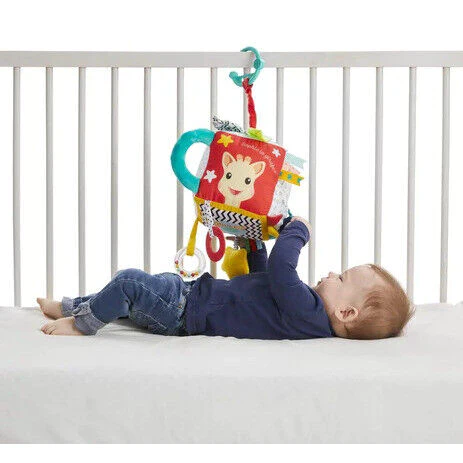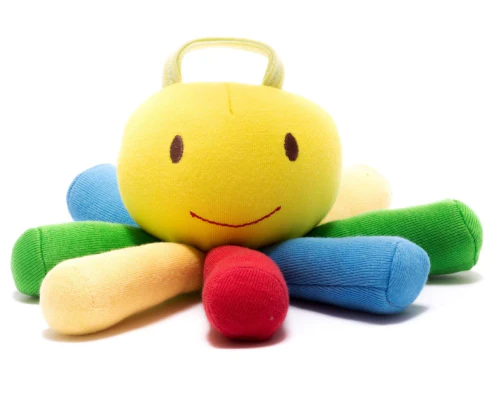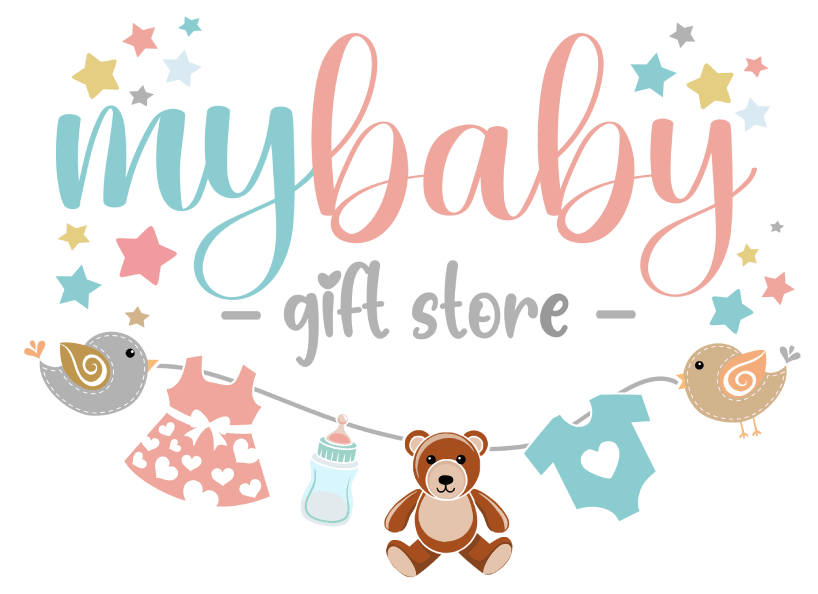
Stacking and nesting blocks have stood the test of time as timeless classics in child development toys. These simple yet versatile toys have been cherished for generations, offering endless opportunities for learning, creativity, and fun. In this guide, we’ll explore the enduring appeal of stacking and nesting blocks and highlight some of the best options available for supporting children’s development in 2024.
Developmental Benefits
1. Enhancing Fine Motor Skills and Hand-eye Coordination
Stacking and nesting blocks require precise hand movements and coordination, helping children develop their fine motor skills and hand-eye coordination as they grasp, stack, and manipulate the blocks.
2. Encouraging Problem-solving and Cognitive Development
As children experiment with different arrangements and structures, they engage in problem-solving activities that stimulate their cognitive development. Stacking and nesting blocks encourage children to think critically, plan ahead, and explore spatial relationships.
3. Fostering Creativity and Imaginative Play
Stacking and nesting blocks provide a blank canvas for children’s imagination to flourish. Whether they’re building towering skyscrapers, intricate structures, or fantastical worlds, blocks inspire creativity and open-ended play, allowing children to express themselves freely.
Types of Stacking/Nesting Blocks
1. Wooden Blocks for Durability and Eco-friendliness
Wooden blocks are beloved for their durability, natural aesthetic, and eco-friendliness. Crafted from sustainable wood sources, these blocks are sturdy enough to withstand years of play and can be passed down from generation to generation.
2. Soft Fabric Blocks for Safety and Sensory Exploration
Soft fabric blocks are ideal for young children and toddlers, offering a safe and tactile alternative to traditional wooden or plastic blocks. These blocks are lightweight, easy to grasp, and feature sensory elements such as textures, colors, and patterns to stimulate tactile exploration.
3. Brightly Colored Plastic Blocks for Visual Stimulation
Brightly colored plastic blocks captivate children’s attention with their vibrant hues and bold designs. These blocks are lightweight, easy to clean, and often come in a variety of shapes and sizes, making them perfect for building and imaginative play.
Choosing the Right Blocks: Factors to Consider
1. Consider Material Composition
When selecting stacking and nesting blocks, consider the material composition carefully. Opt for blocks made from non-toxic materials such as wood, BPA-free plastic, or fabric that are safe for children to handle and play with. Avoid blocks made from materials that may contain harmful chemicals or dyes that could pose a risk to children’s health.
2. Evaluate Size and Weight
Choose blocks that are appropriately sized and weighted for your child’s age and developmental stage. For younger children and toddlers, opt for larger blocks that are easy to grasp and manipulate without posing a choking hazard. As children grow and develop fine motor skills, smaller blocks can be introduced to challenge their dexterity and coordination.
3. Assess Age-Appropriateness
Consider the recommended age range provided by the manufacturer when selecting stacking and nesting blocks. Choose blocks that are suitable for your child’s developmental level to ensure they can fully engage with the toy and derive maximum benefit from play. Age-appropriate blocks will offer the right level of challenge and stimulation for your child’s cognitive and motor skills.
4. Examine Durability and Longevity
Look for blocks that are durable and built to withstand rough play and frequent use. Sturdy construction and quality craftsmanship are indicators of a long-lasting toy that will provide years of enjoyment for your child. Investing in high-quality blocks ensures they can withstand the rigors of playtime and be passed down to future generations.
Incorporating Blocks into Playtime: Ideas for Engaging Activities with Stacking and Nesting Blocks
1. Free Play and Exploration
Allow children to engage in free play and exploration with stacking and nesting blocks, encouraging them to experiment with different configurations and structures. Provide a variety of blocks in different shapes, sizes, and colors to stimulate creativity and imagination. Encourage children to build whatever comes to mind, whether it’s a towering castle, a winding road, or a fantastical creature.
2. Building Challenges and Games
Create building challenges and games to engage children in structured play with stacking and nesting blocks. Challenge them to build the tallest tower, the longest bridge, or a specific shape or structure using only the blocks provided. Introduce rules and constraints to encourage problem-solving and critical thinking skills as children work to overcome obstacles and achieve their goals.
3. Storytelling and Pretend Play
Use stacking and nesting blocks as props for storytelling and pretend play activities. Encourage children to incorporate blocks into imaginative scenarios and narratives, such as building a castle for a royal ball or constructing a spaceship for a journey to outer space. Role-play with figurines or stuffed animals to bring stories to life and inspire creative thinking and communication skills.
4. Sensory Exploration and Sorting
Incorporate sensory exploration and sorting activities into block play to engage children’s senses and promote cognitive development. Provide blocks with different textures, patterns, and colors for children to explore through touch and sight. Encourage children to sort blocks by size, shape, color, or texture, fostering early math skills and logical thinking.
Safety Precautions: Tips for Ensuring Safe Play with Blocks
1. Supervision and Monitoring
Always supervise children during block play to ensure their safety and well-being. Monitor their activities closely to prevent accidents or injuries and intervene if necessary to address any potential hazards or risks.
2. Regular Inspection and Maintenance
Regularly inspect stacking and nesting blocks for any signs of damage, wear, or deterioration. Check for loose parts, sharp edges, or splintered surfaces that could pose a risk to children’s safety. Replace damaged blocks promptly to prevent accidents and ensure continued safe play.
3. Safe Storage and Organization
Store stacking and nesting blocks in a safe and accessible location where children can easily access them without assistance. Use storage containers or bins to keep blocks organized and contained when not in use, reducing the risk of tripping or falling hazards.
4. Age-Appropriate Supervision
Ensure that children are using stacking and nesting blocks appropriate for their age and developmental stage. Younger children may require closer supervision and guidance to ensure they are using blocks safely and effectively. Teach older children proper handling and care of blocks to minimize accidents and promote responsible play.
Conclusion
Stacking and nesting blocks are more than just toys; they are building blocks for a child’s development and imagination. As we look ahead to 2024, the enduring value of these timeless toys remains undeniable. Whether crafted from wood, fabric, or plastic, stacking and nesting blocks continue to inspire learning, creativity, and exploration in early childhood, laying the foundation for a lifetime of discovery and growth. Our top shop for stacking and nesting blocks is My Baby Gifts Store.





